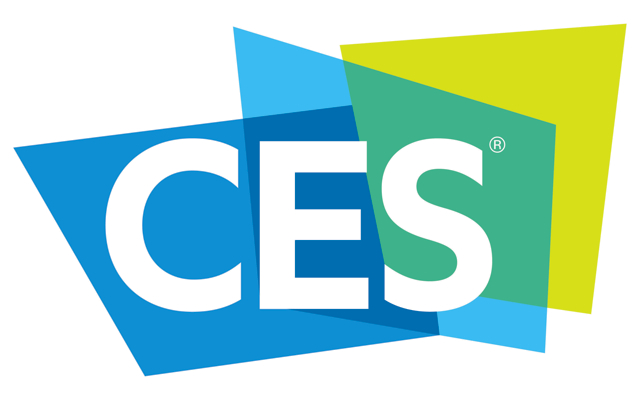Internet of Things: Five Years of Chaos as Verticals Emerge
January 8, 2016
When SIGFOX executive Thomas Nicholls thinks about the Internet of Things, he sees its greatest strength as being similar to one of Superman’s powers. “Superman could hear a call for help through walls and at a far distance,” he said. “That’s what IoT is. It’s about enabling us to know what’s happening in the physical world and respond. And it will change and disrupt all industries.” In a CES discussion moderated by Mobile Ecosystem Forum executive Rick Fant, participants predicted that IoT is about to shift into high gear.
“I think we’re in a period of five years of chaos,” said Gartner analyst Ken Dulaney. Mobile Ecosystem managing director Mark Lowenstein agrees. “There will be a multiplicity of ecosystems or verticals, many more devices, and a lot of networks to propel innovation,” he said. “It’ll be messy. Things will get worse before they get better.”
Fant calls the term Internet of Things “absurdly broad,” and Dulaney agrees. “We’re really doing ourselves a disservice [with that description] and we have to start talking about markets,” he said. CES 2016’s main showcase for wearables at the Sands did divide them by market segment, Dulaney noted, a step in the right direction.
Data, not devices, is the real value proposition of IoT, noted many panelists. Dulaney believes, for that reason, the companies that currently monetize data will be the financial giants of IoT. Quantifying the size of the market by the numbers of IoT devices, however, was irrelevant to all the panelists, as opposed to the many market segments it will enter.
“If it’s billions, it’s a good thing,” said Lowenstein. “It’s important to recognize that IoT’s distinct verticals will be hard to quantify. Who will be the reporting entities?”
Is there a need for a single standard for IoT? “I get asked about the alphabet soup of standards all the time and what to use to develop products,” said Thread Group executive Sujata Neidig. “IoT is so broad you can’t have a single technology or standard to address all the use cases and business models. I believe an open system will enable more to be built in the marketplace, which will narrow down the number of standards. But you’ll never get down to one standard.”
Nicholls describes the importance not just of an open standard but IP-compatibility. “With regards to standards for connectivity, if we try to impose too many standards right now, it wouldn’t make a lot of sense,” he said. “Let’s ensure we have an open approach to implement the ideas at the right cost and the right scale, and standards will emerge.”
In a physical world of connected devices, privacy becomes nearly impossible. “My theory is that I believe privacy is gone,” said Dulaney. “We need to focus our laws on how a person is protected if he comes into court.” Fant noted that Facebook postings have been used in court. But Nicholls also points out that, as IoT expands, so do the questions. “There are aspects of privacy we can’t grasp today.”


No Comments Yet
You can be the first to comment!
Sorry, comments for this entry are closed at this time.